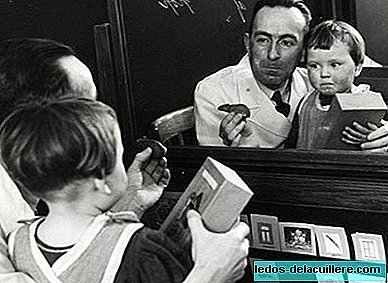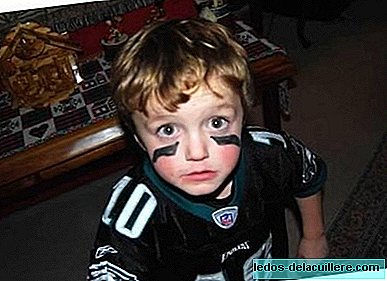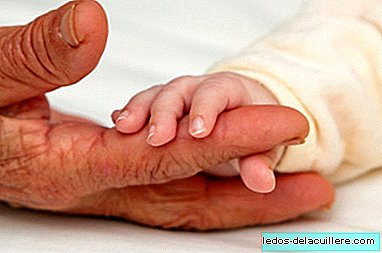
The evolution that can be achieved in the treatment of hearing impairments, as in many other childhood pathologies, depends largely on how quickly they are detected. Therefore, a good detection will lay the foundations of a certain level of language development in the child.
There is a wide variety of methods of rehabilitation of hearing impairments, which provide significant improvements in the child's abilities and communicative efficiency. Of course, you should always select one that is more in line with the capabilities of the child.
Today we are going to briefly comment on the most important methodologies, which could be classified taking into account whether they use the spoken word or use gestures; In this way, we can talk about oralist methods, gestural methods and mixed methods.
Oral methods
These methods seek to ensure that children with hearing impairment can acquire and develop the oral language closest to the child without hearing problems. Existing auditory remains would be used through hearing aids, speech and support in lip-facial reading.
Because society uses oral language, a better integration in the environment is sought for the child, providing it with the most developed oral language possible.
Within these methods, we can highlight two:
- Pure oralism: This method is based on intensive stimulation of the auditory remains, avoiding any visual or gestural help. Currently, this method is scarcely applied, being used only in children with mild or moderate hearing loss, since if the hearing loss is better, there are no universal results that support this method.
- Verbotonal method: It is a method based on the audioperception of speech and it is based on the fact that most children with hearing impairment have hearing remains that allow them to listen. From an audiometry, we work with amplifiers that filter the frequencies and adapt them to the characteristics of each child. In addition, in this method, the body itself acts as a receiver and transmitter of sounds.
Gestural methods
According to these methods, the use of auditory remains and labiofacial reading is not enough, since they cannot offer the amount of information necessary to communicate. On the other hand, gestural methods consider that the language of children with hearing impairment are the signs.
It could be said that the main limitation of these methods is that they do not favor the integration of children in society as much as oral methods, because less and less people (due to technological advances in hearing aids) use the signs.
Within these methods we highlight two mainly:
- Sign language: It is a strict language that has its own rules and grammatical characteristics. It is expressed mainly through the positions and movements of the hands, and those who defend this methodology consider it to be the natural language of people with hearing impairment.
- Dactylology: is a manual alphabet with which the words are spelled. It is often used when new words are presented or when there is no established sign. There are 31 positions of the dominant hand, where each sign equals one letter. For the management of this system it is necessary to have a good knowledge of the position of the fingers in each letter and good coordination in manual motor skills must be available.
Mixed methods
As the name implies, they are methods that use characteristics of oralist and gestural methods. Within these methods, the most used are:
- Bimodal Communication: It is a system that aims to offer children with hearing disabilities a possibility of affordable communication from the first year of life and thus be able to express themselves. The main benefit of this method is that it is fast and effective for your learning. It has an alternative and augmentative character of communication, in addition to being a facilitating system of understanding and expression in the early stages of the child's life. It is a system that focuses on the acquisition of oral language, but that provides the child with a gestural system that is affordable and that allows him to maintain satisfactory communication. The gestures he uses are performed simultaneously to oral language and all words are signed in the same order as when spoken. Despite using gestures, bimodal communication is more an oralist than a gestural system.
- Supplemented Word: This method is based on the idea that the deaf person is a bad reader because he is a bad speaker. According to him, all speech sounds can be made visible and read on the lips, and for this he uses hand positions synchronized with the voice to complement the visual information perceived.
- Total Communication: This method aims to take advantage of residual hearing to develop oral language through alternative or augmentative systems, among which are Bimodal Communication and the Complemented Word. It consists in developing all available forms of communication for language acquisition. It starts from the child's preferred modes of communication and selects what best meets their needs.
As you can see, there is a large number of methods of rehabilitation of hearing impairments. The choice of one or the other will vary depending on the possibilities of the child and the ideology of the parents regarding how they want their child to learn to communicate: verbally or gesturally.












